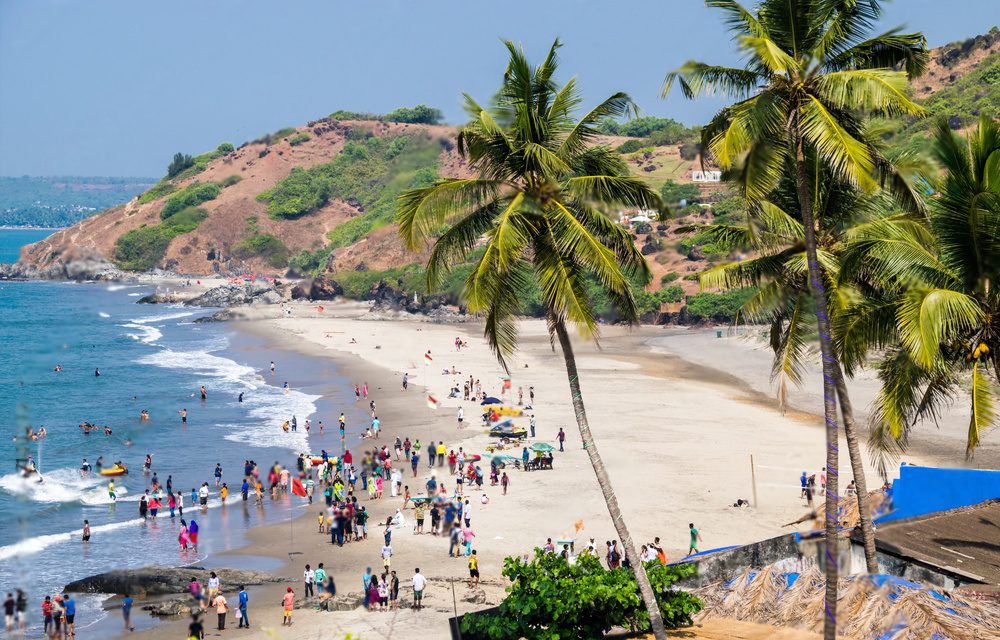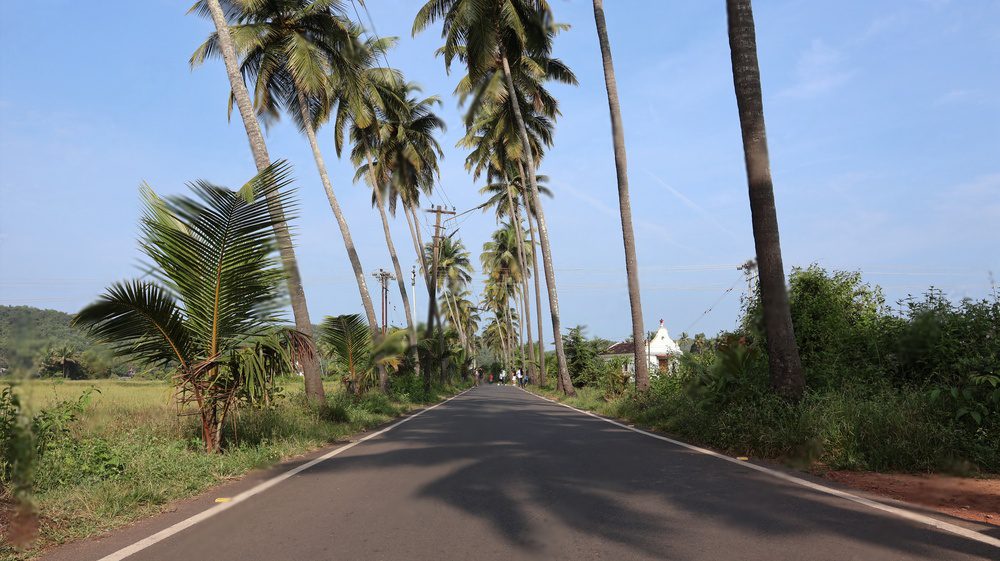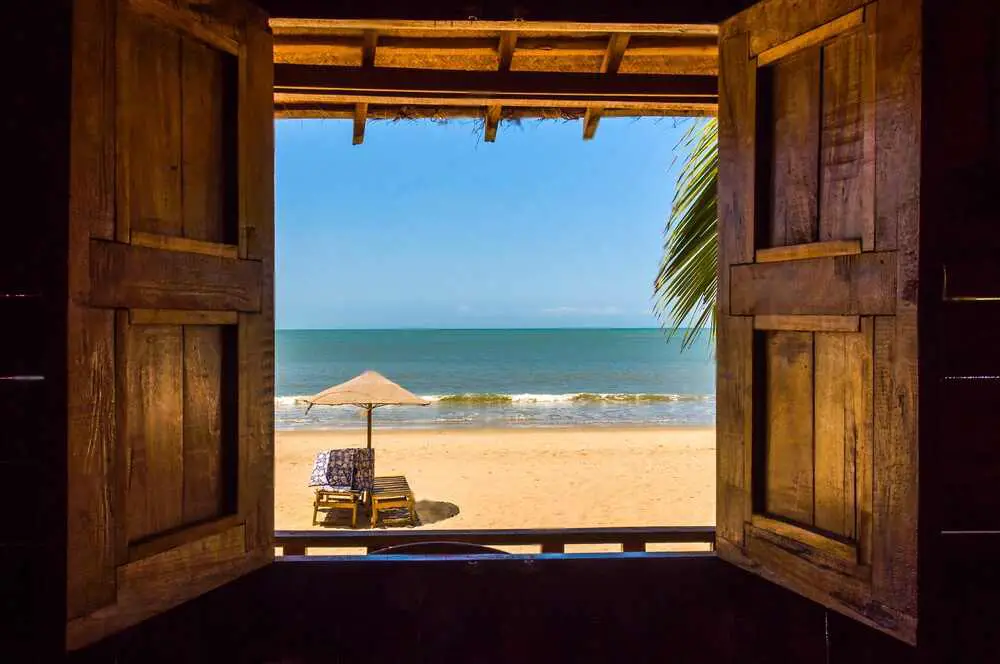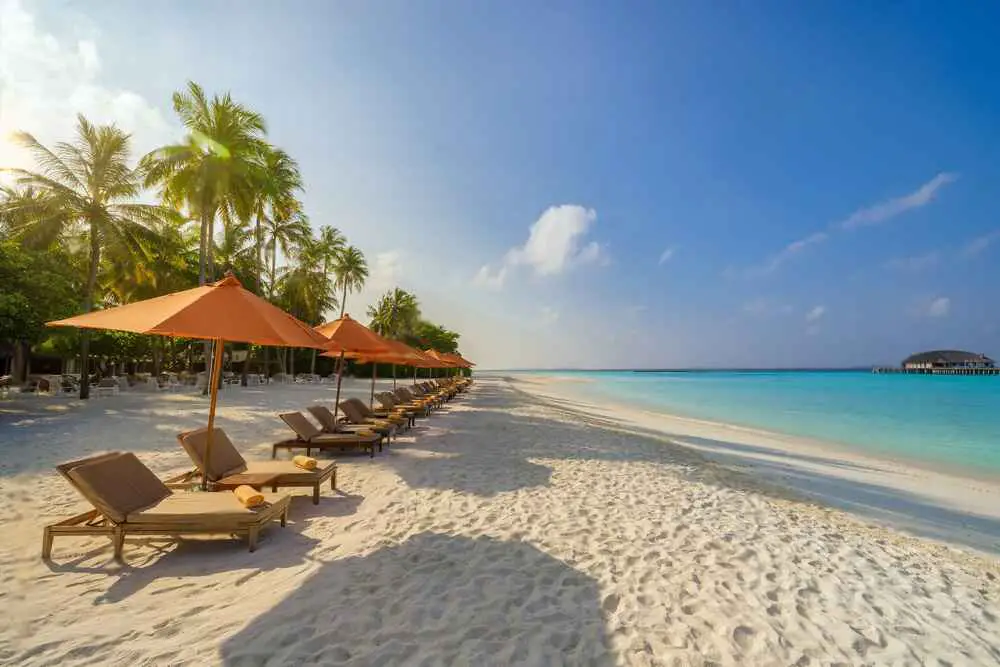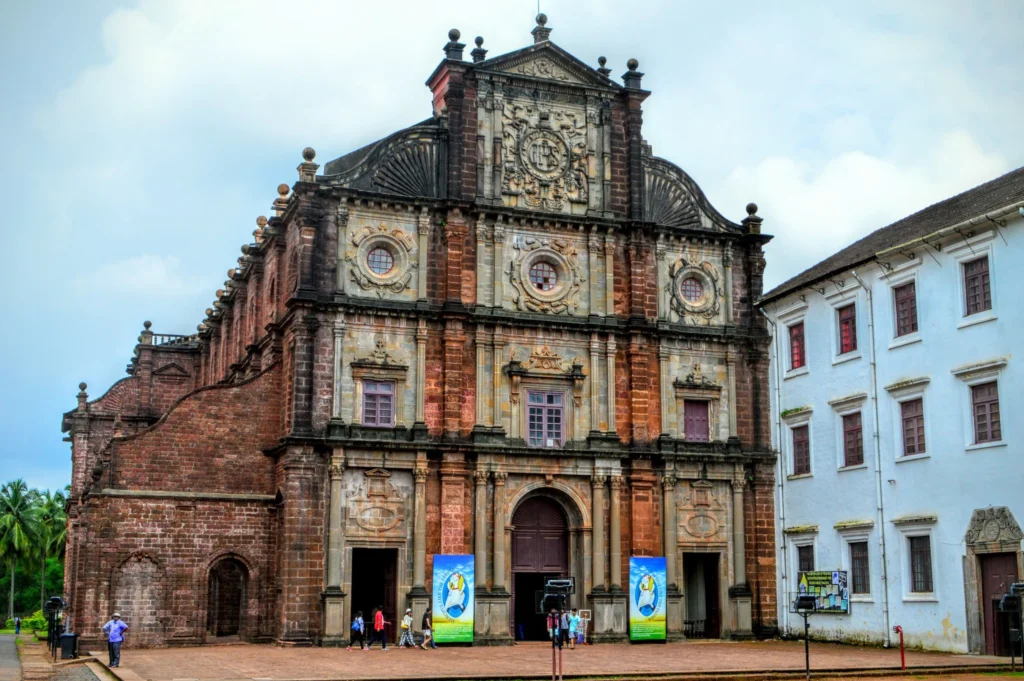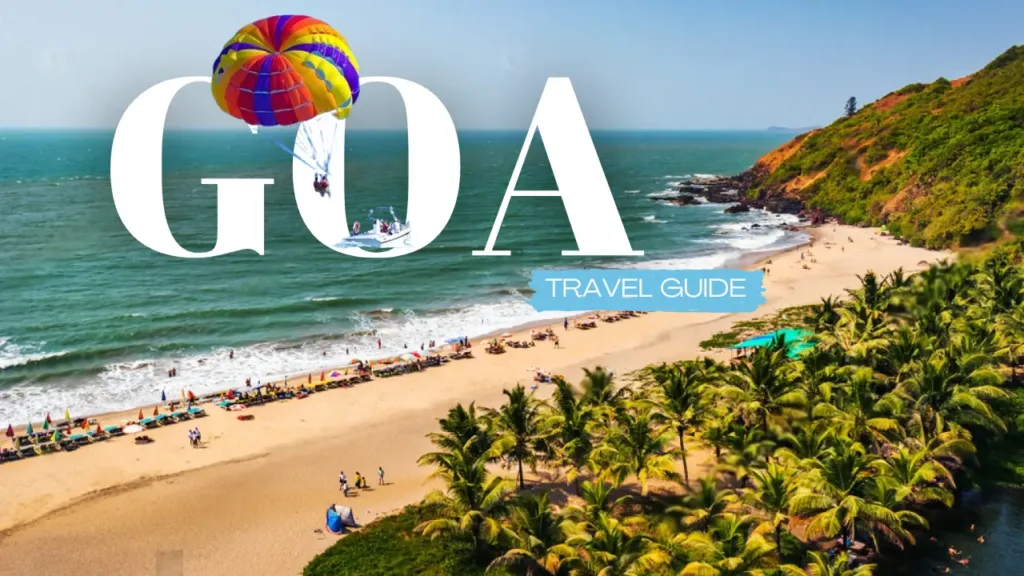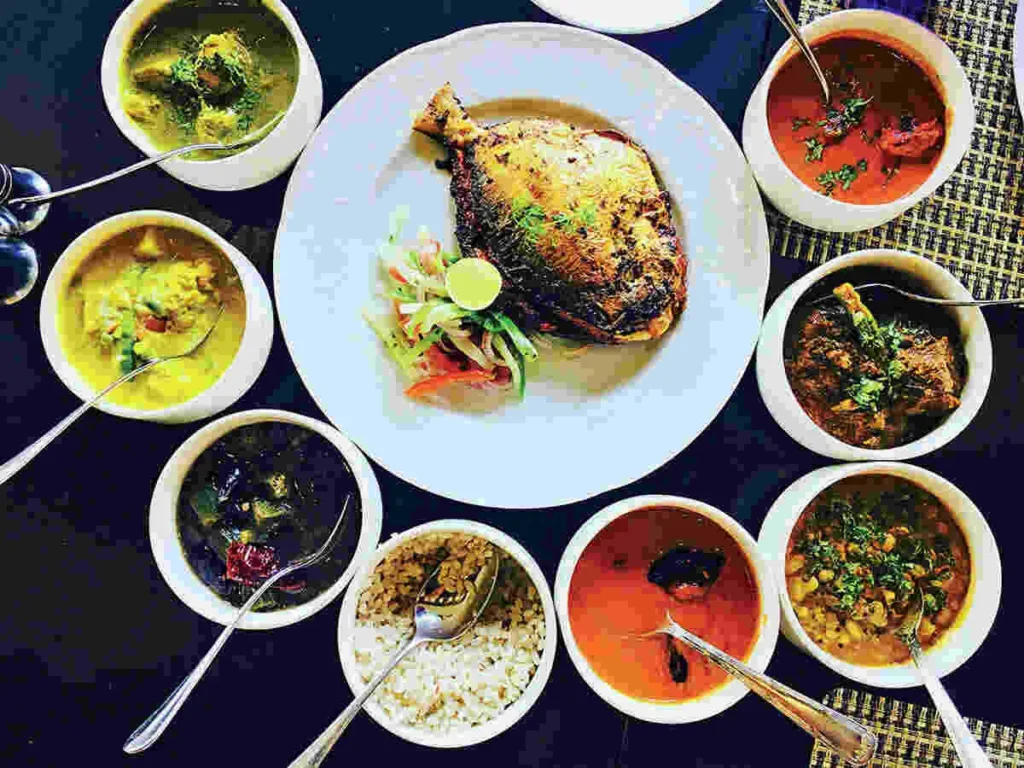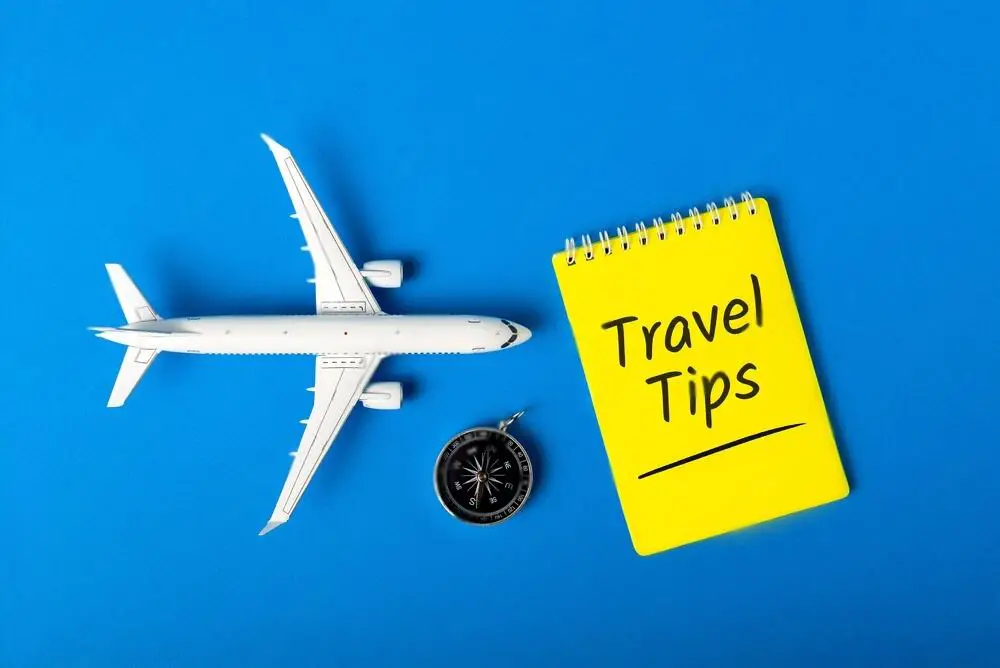Best Time to Visit India: India is a vast country with many different climates. This means there’s always a great time to visit, no matter what you’re looking for. From snowy mountains to sunny beaches, India has it all!
To help you plan your trip, we’ve put together 10 tips for choosing the best time to visit.
1. Winter Wonderland: Visit India from November to February
Winter is a great time to visit India. The weather is cool and comfortable, perfect for exploring the country’s many attractions. Popular destinations like Delhi, Agra, Jaipur, and Varanasi are especially enjoyable during this season, offering a pleasant experience without the scorching heat.
Top Winter Destinations in India
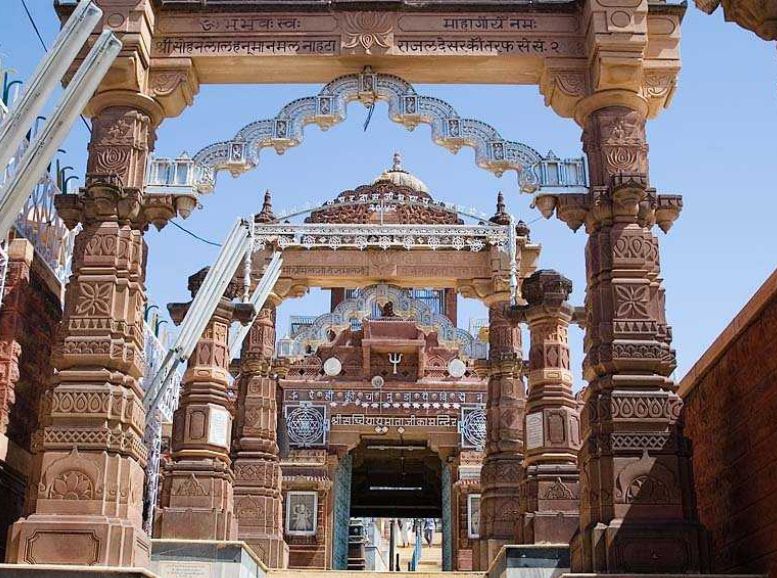

- Rajasthan: Immerse yourself in the royal grandeur of Rajasthan with visits to Jaipur, Udaipur, and Jodhpur. Explore majestic forts, intricate palaces, and vibrant bazaars.
- Kerala Backwaters: Experience tranquility on a houseboat cruise through the serene backwaters of Alleppey and Kumarakom. Enjoy picturesque landscapes, lush greenery, and local cuisine.
- Himalayan Getaways: Escape to the snow-capped mountains of Manali, Shimla, and Auli. Engage in thrilling winter sports, soak in natural beauty, and experience a peaceful atmosphere.
2. The Monsoon Magic: Embrace the Rains from June to September
If you love the sound of rain and lush green landscapes, the monsoon season in India is perfect for you. From June to September, India is transformed into a vibrant, green paradise. While some areas might experience heavy rainfall and flooding, places like Kerala and Goa become even more beautiful. The monsoon season also brings with it famous Indian festivals like Onam and Ganesh Chaturthi, making it a culturally rich time to visit.
Best Monsoon Experiences:
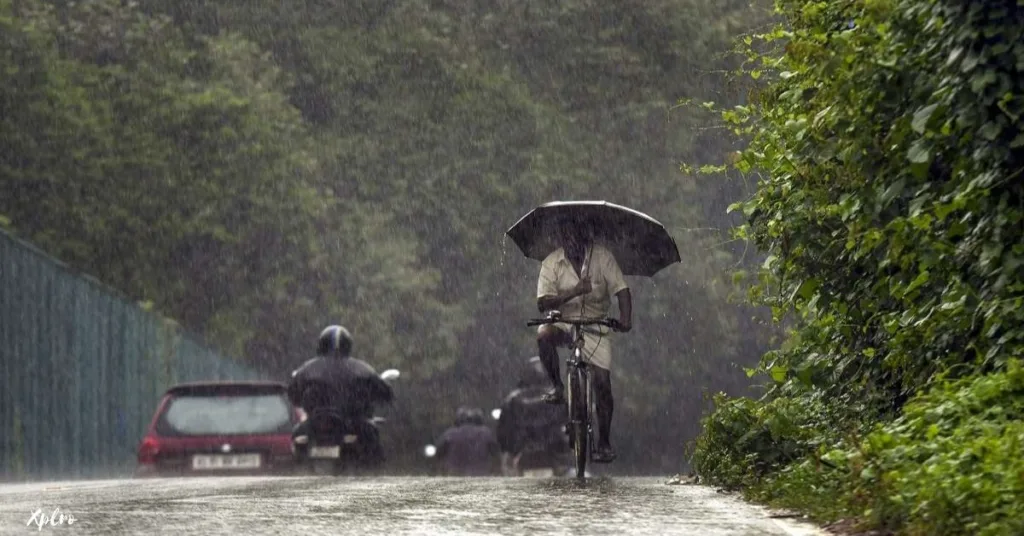

- Kerala: Experience the backwaters in their full glory, with lush greenery and serene waterways.
- Goa: Enjoy fewer tourists and tranquil beaches, perfect for a peaceful getaway.
- Western Ghats: Explore the lush landscapes of Munnar, Coorg, and Lonavala, ideal for nature lovers and adventure seekers.
3. Beat the Summer Heat: Escape to Hill Stations (March to June)
Summer in India can be very hot, especially in the plains. But this is the best time to visit the cooler hill stations in the Himalayas or Western Ghats. Places like Darjeeling, Shimla, Mussoorie, and Ooty offer a refreshing escape from the heat. It’s also a great time for trekking and adventure sports in the northern mountains.
Popular Summer Escapes:
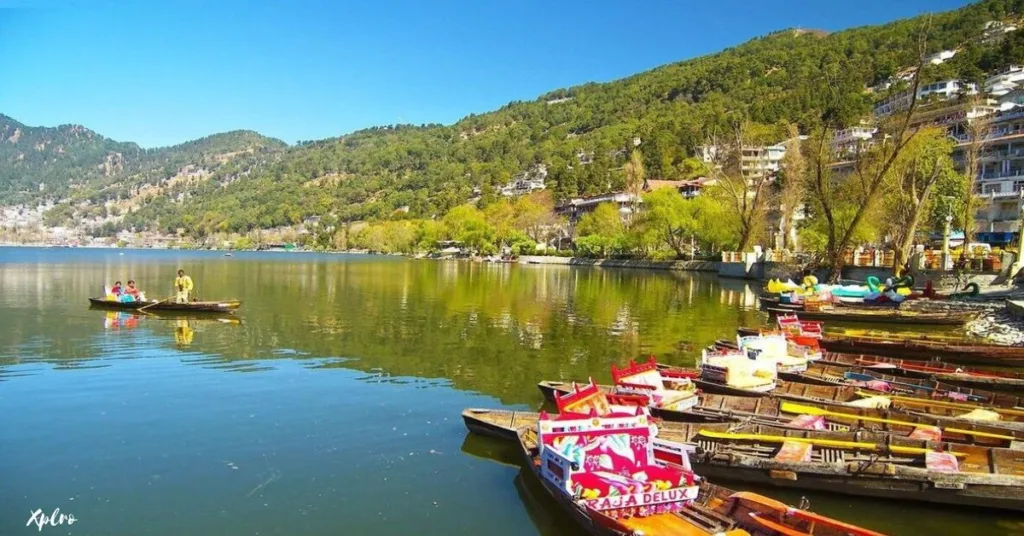

- Leh-Ladakh: Explore ancient monasteries, trek through rugged terrain, and witness stunning mountain views in the Himalayas.
- Manali: Enjoy adventure activities like trekking, paragliding, and rafting, surrounded by lush greenery and snow-capped peaks.
- Nainital: Relax amidst the serene beauty of Nainital, a hill station nestled around a beautiful lake. Take a boat ride on the lake, explore the nearby Nainital Zoo, or simply enjoy the peaceful ambiance.
4. Festive Vibes: Time Your Visit Around Major Indian Festivals
India is famous for its colorful and vibrant festivals, celebrated throughout the year. Visiting India during one of these festivals can be a truly unforgettable experience. Winter and autumn months bring some of the biggest festivals like Diwali (October-November), Durga Puja (September-October), and Christmas (December). Experiencing these festivals in cities like Varanasi, Kolkata, or Mumbai can give you a deep understanding of Indian culture.
Top Festivals in India:
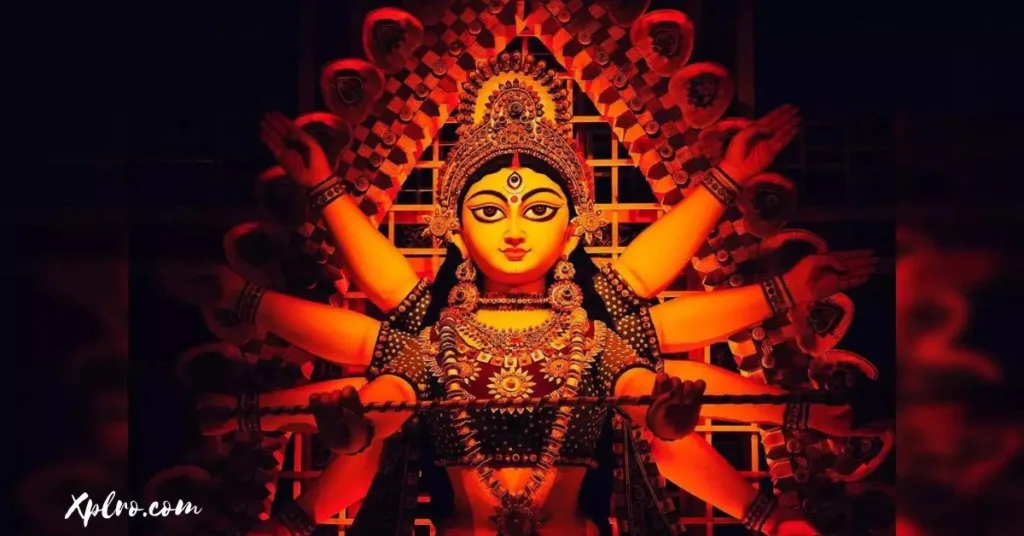

- Diwali (October/November): The festival of lights, celebrated with fireworks, lamps, and sweets.
- Holi (March): The festival of colors, celebrated with colorful powder and water.
- Durga Puja (September/October): A grand celebration in Kolkata, featuring colorful pandals and cultural events.
5. Wildlife Season: Best Time for Safaris (October to April)
India is a paradise for wildlife enthusiasts. The best time to visit for safaris is between October and April when the weather is pleasant and animals are easier to spot. Parks like Ranthambore, Jim Corbett, and Kaziranga are famous for their tigers, elephants, rhinoceros, and diverse birdlife. Even during the summer months of April and May, safaris can be rewarding as animals congregate near waterholes.
Top Wildlife Parks:
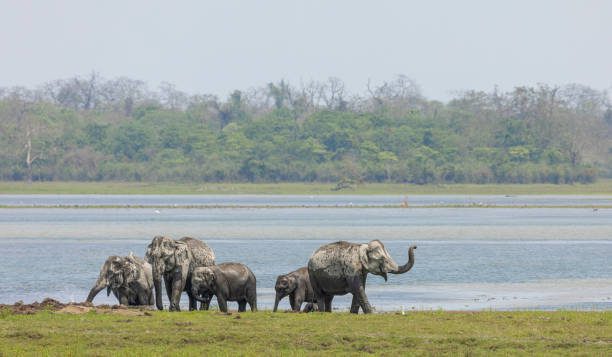

- Ranthambore National Park: Known for its tiger safaris and other wildlife like leopards and crocodiles.
- Kaziranga National Park: Famous for its one-horned rhinoceros, as well as elephants and other wildlife.
- Jim Corbett National Park: India’s oldest national park, offering opportunities to spot tigers, elephants, and various bird species.
6. Avoid the Heat: Best Time to Visit Desert Regions (October to March)
If you’re captivated by the golden sands of Rajasthan or the salt flats of Gujarat’s Rann of Kutch, the cooler months from October to March are ideal for desert adventures. Winter provides pleasant daytime temperatures and cool nights, allowing you to fully appreciate the desert landscapes, camel safaris, and cultural events like the Rann Utsav and Pushkar Fair.
Top Desert Destinations in India:
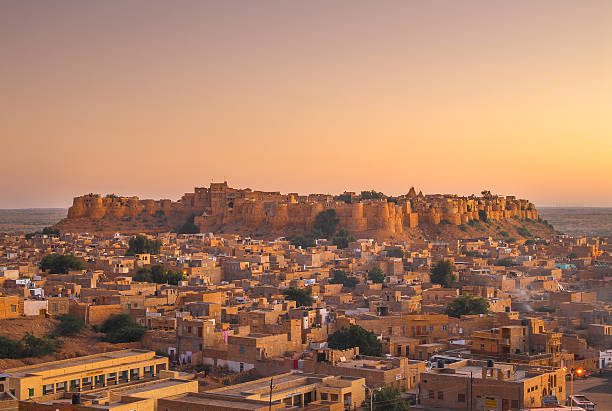

- Jaisalmer: Known as the “Golden City,” Jaisalmer offers a glimpse into Rajasthan’s rich history and culture. Explore its ancient fort, intricate havelis, and vibrant bazaars.
- Rann of Kutch: Experience the unique landscape of the white salt desert during the Rann Utsav, a cultural festival featuring music, dance, and crafts.
- Pushkar: Home to the world-famous Pushkar Camel Fair, this sacred city attracts thousands of visitors each year for its colorful celebrations and vibrant atmosphere.
7. Shoulder Season Advantage: March and October for Fewer Crowds
March and October are considered shoulder seasons in India, offering a great way to experience popular destinations without the crowds. These months are the transition between extreme weather seasons, resulting in pleasant temperatures and fewer tourists. Whether you want to visit the Taj Mahal in Agra or the backwaters of Kerala, traveling during these months ensures a more intimate and enjoyable experience.
Top Destinations for Shoulder Seasons:
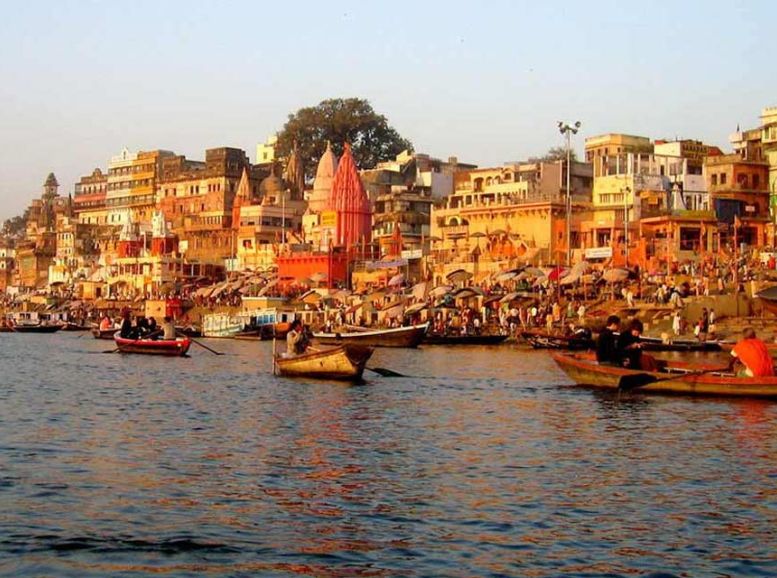

- Agra: Visit the Taj Mahal in early October to experience pleasant weather and fewer crowds.
- Varanasi: Explore the spiritual city of Varanasi during the shoulder seasons to avoid the peak tourist crowds.
- Rajasthan: Enjoy the post-winter charm of Rajasthan in early March, with comfortable temperatures and fewer tourists.
Also Read: Varanagi Ghats
8. Mountain Treks: Best Time for Himalayan Adventures (April to June & September to November)
If you’re planning a Himalayan trekking adventure, the best time to go is between April to June or September to November. These months offer the most favorable weather conditions for trekking and other outdoor activities. Popular trekking routes like Roopkund Trek, Valley of Flowers, and Markha Valley are ideal during these seasons, ensuring clear skies and pleasant temperatures.
Top Trekking Destinations in India:
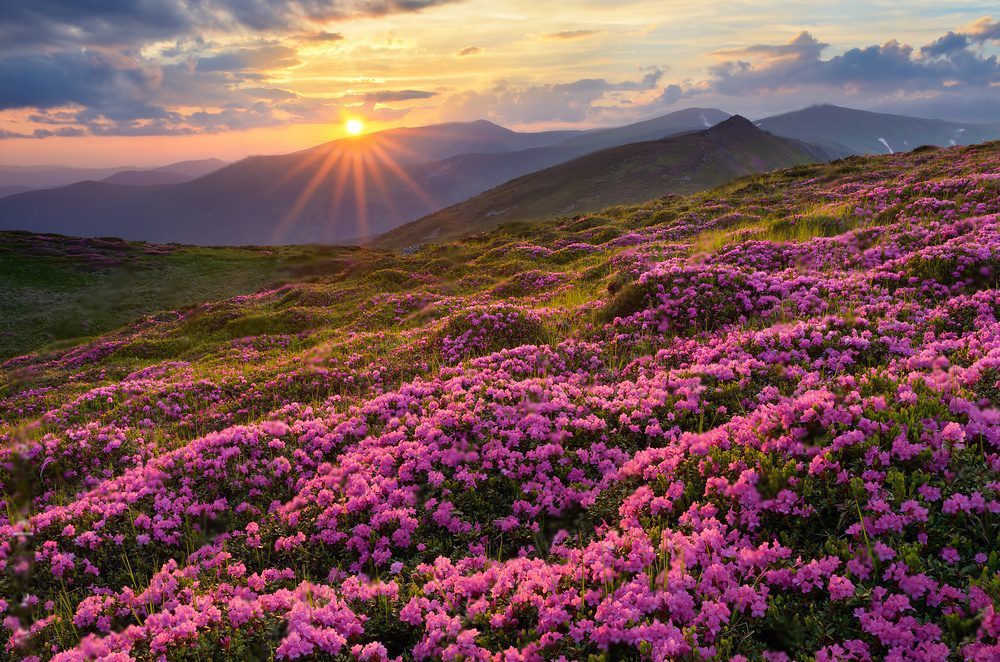

- Roopkund Trek: Explore the scenic glacial lake of Roopkund, surrounded by stunning mountain peaks and ancient forests.
- Valley of Flowers: Discover a UNESCO World Heritage Site filled with vibrant wildflowers, cascading waterfalls, and breathtaking landscapes.
- Markha Valley Trek: Embark on a challenging yet rewarding trek through the Markha Valley in Leh-Ladakh, passing through remote villages, crossing rivers, and witnessing stunning mountain scenery.
9. Coastal Pleasures: Beach Getaways from November to February
India’s extensive coastline boasts numerous beach destinations. If you’re dreaming of palm-fringed beaches, the best time to visit coastal regions like Goa, Kerala, and the Andaman Islands is during the winter months from November to February. The weather is dry and sunny, perfect for relaxing on beaches or enjoying water sports.
Top Beach Destinations in India:
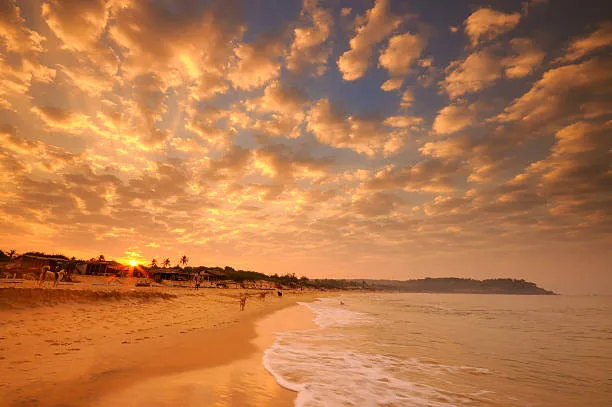

- Goa: Renowned for its vibrant beach culture, Goa offers a wide range of options for beach lovers, from bustling party scenes to secluded coves.
- Kerala: Experience the serene backwaters of Kerala, where you can relax on houseboats and enjoy the tranquil atmosphere. Kerala also has beautiful beaches, such as Kovalam and Varkala.
- Andaman and Nicobar Islands: Discover pristine islands with crystal-clear waters, lush forests, and vibrant marine life. Popular destinations include Havelock Island, Neil Island, and Ross Island.
10. Winter Sports: Ideal Time for Snow Activities (December to February)
For travelers who enjoy winter sports, December to February is the best time to visit India’s northern regions. Gulmarg in Kashmir is one of Asia’s top skiing destinations, offering powdery slopes for both beginners and advanced skiers. Auli in Uttarakhand also attracts winter sports enthusiasts for skiing and snowboarding. The snow-covered mountains of Himachal Pradesh provide a picturesque backdrop for snow trekking and mountaineering.
Top Winter Sports Destinations in India:
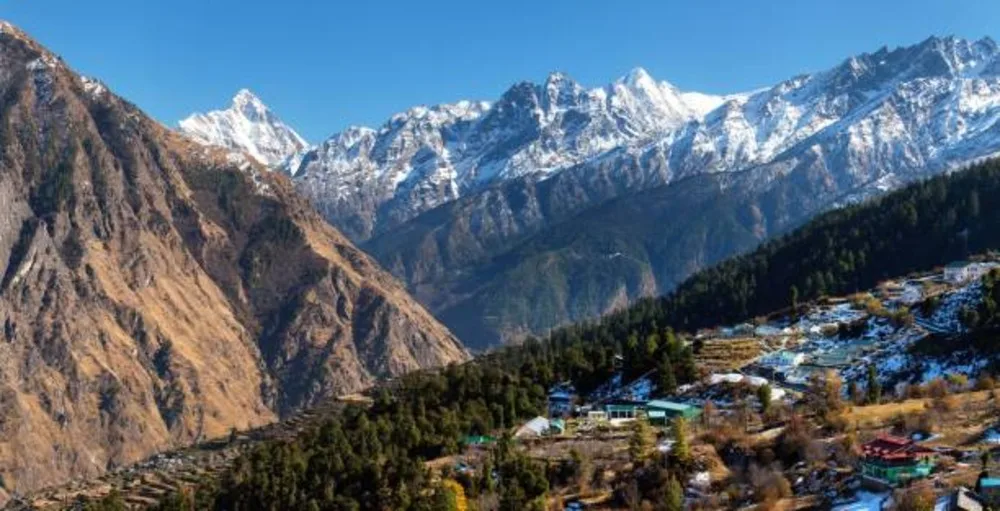

- Gulmarg: Renowned as one of the best skiing destinations in Asia, Gulmarg offers challenging slopes for both beginners and advanced skiers. Enjoy snowboarding, skiing, and other winter sports amidst the stunning Himalayan scenery.
- Auli: A picturesque hill station in Uttarakhand, Auli is a popular destination for winter sports enthusiasts. Enjoy skiing, snowboarding, and tobogganing while surrounded by breathtaking mountain views.
- Manali: While primarily known for its summer activities, Manali can also offer winter sports opportunities. Enjoy snow treks, paragliding, and other winter adventures in this scenic Himalayan valley.
Conclusion, Best Time to Visit India
India’s diverse climate offers something for everyone, year-round! To help you plan your perfect trip, Xplro.com offers these top 10 seasonal tips: Winter (Oct-Mar) is ideal for exploring most of India with pleasant weather and fewer crowds. Head to Rajasthan’s deserts or popular destinations like Agra and Varanasi. Monsoon season (June-Sept) transforms the landscape into a verdant paradise, perfect for Kerala and Goa. Enjoy vibrant festivals like Onam and Ganesh Chaturthi during this culturally rich time. For cooler escapes during summer (April-June), explore the Himalayas or Western Ghats with hill stations like Darjeeling offering a refreshing break from the heat. Experience India’s colorful festivals like Diwali and Durga Puja during winter and autumn. Wildlife enthusiasts can spot tigers and elephants between October and April in parks like Ranthambore. The cooler months (Oct-Mar) are perfect for exploring Rajasthan’s deserts with events like the Rann Utsav. March and October offer pleasant weather and fewer crowds at popular destinations like the Taj Mahal or Kerala’s backwaters. The Himalayas offer ideal trekking conditions (April-June & Sept-Nov) with clear skies and pleasant temperatures. Beach lovers can enjoy Goa, Kerala, and the Andaman Islands during the dry and sunny winter months (Nov-Feb). For winter sports enthusiasts, December to February offers powdery slopes for skiing and snowboarding in Gulmarg (Kashmir) and Auli (Uttarakhand). With Xplro.com’s guide, you can plan your dream Indian adventure, any time of year!
FAQs
1. When is the best time to visit India overall?
- The best time to visit India is during the winter months, from November to February. This period offers pleasant weather across most regions, making it ideal for exploring India’s cultural and natural beauty without the discomfort of extreme heat or rain.
2. What is the best season to experience India’s cultural festivals?
- To enjoy India’s vibrant festivals, the autumn and winter seasons (October to March) are ideal. This is when festivals like Diwali, Durga Puja, and Holi take place, offering travelers a chance to experience the country’s rich cultural traditions.
3. Is it safe to travel to India during the monsoon season?
- Traveling during the monsoon (June to September) is safe, but rainfall can be heavy in some regions. Certain places, such as Kerala and Goa, are especially beautiful during this season, offering lush landscapes. However, be prepared for rain and potential travel delays.
4. When is the best time to visit the Himalayas?
- For those seeking adventure in the Himalayas, the best time to visit is between April to June and September to November. These months offer clear skies and moderate weather, making them perfect for trekking, hiking, and exploring mountain landscapes.
5. Which months are best for beach vacations in India?
- The winter season from November to February is the best time to visit India’s beaches. Regions like Goa, Kerala, and the Andaman Islands offer sunny weather, cool breezes, and ideal conditions for water sports during this period.
6. What is the best time to visit the Taj Mahal?
- The best time to visit the Taj Mahal is during the cooler months of November to February, as the weather is pleasant, and early morning or evening visits offer breathtaking views of this iconic monument without the midday heat.
7. When is the best time to go on a wildlife safari in India?
- The prime season for wildlife safaris in India is from October to April. During these months, the cooler weather makes it easier to spot animals in parks like Ranthambore, Jim Corbett, and Kaziranga. Safari enthusiasts can also visit in April and May when animals tend to gather near water sources.
8. When is the peak tourist season in India?
- The peak tourist season in India occurs from November to February, when the climate is comfortable for sightseeing. This period is popular with travelers who wish to explore the country’s famous landmarks, cultural hubs, and scenic landscapes.
9. What is the best time to visit India to avoid large crowds?
- The shoulder months of March and October are the best time to visit India if you wish to avoid the crowds. These months offer favorable weather and fewer tourists, allowing for a more peaceful exploration of popular destinations like Agra, Rajasthan, and Kerala.
10. Can I visit India during the summer months?
- While summer (March to June) in India can be quite hot, it’s the best time to visit hill stations like Shimla, Manali, and Darjeeling. These cooler regions offer relief from the heat and are great for trekking, nature walks, and outdoor adventures.
11. When is the best time for winter sports in India?
- The winter season from December to February is ideal for winter sports in India. Gulmarg in Kashmir and Auli in Uttarakhand are top destinations for skiing, snowboarding, and snow trekking during these months.
12. What is the best time to visit Kerala’s backwaters?
- The best time to visit Kerala’s scenic backwaters is during the winter months, from November to February. The weather is cool and dry, making houseboat tours and exploration of this tranquil region comfortable and enjoyable.
